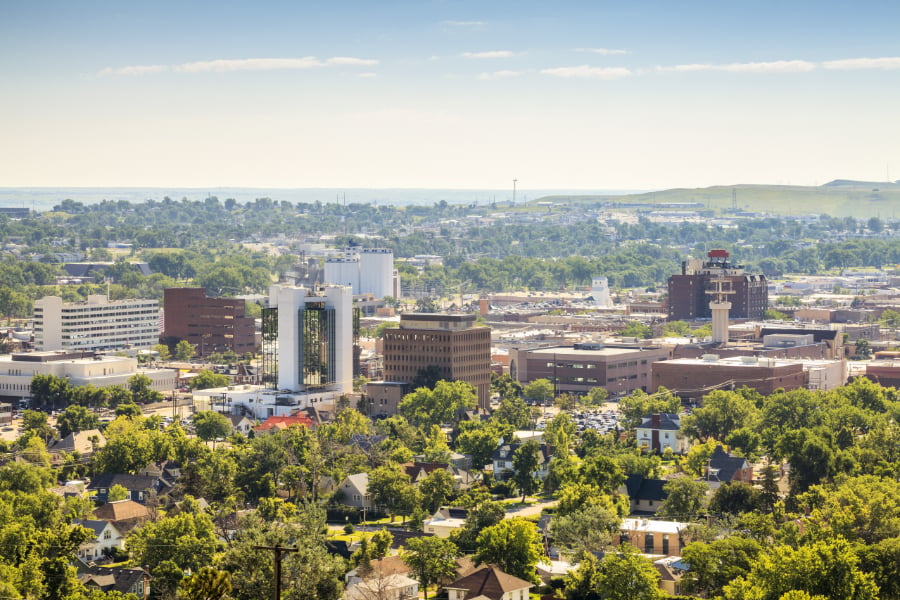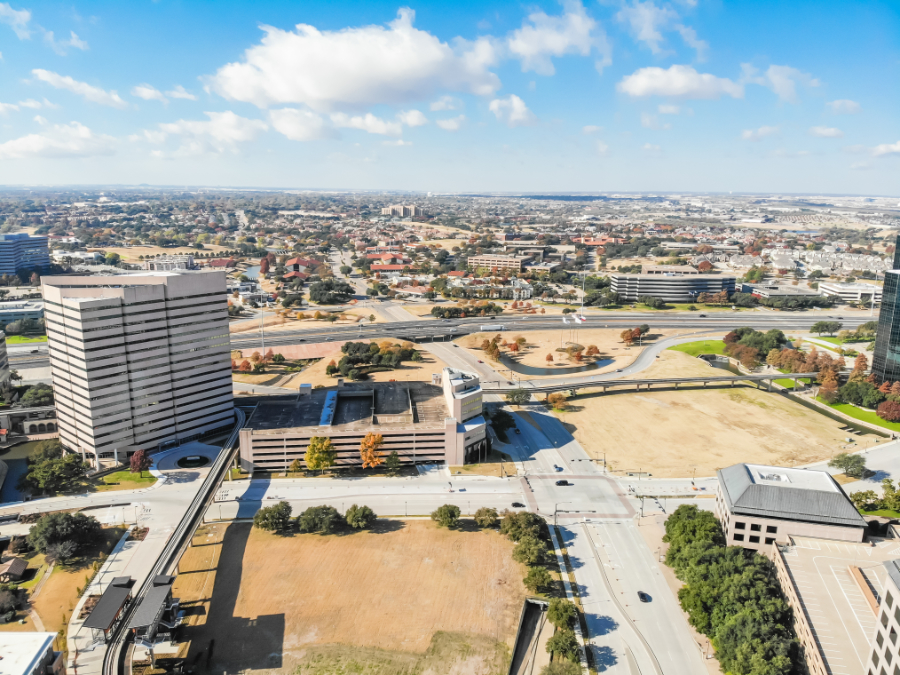2020 was certainly a tumultuous year for commercial real estate landlords. The swift and widespread move to telecommuting emptied offices across all asset classes and locations, leaving properties large and small with mounting vacancies. According to JLL’s U.S. Office Outlook Q1 2021 report, a record 40.5 million square feet were vacated in the fourth quarter of 2020 alone.
While JLL predicts that vacancies will remain high throughout the rest of the year and into 2022, it is not all bad news. Some suburban office markets have seen an unexpected boom in new transactions driven by the new realities and demands of work and life in a pandemic. IWG reports experiencing a 40% increase in new deals in suburban Southern Connecticut compared to a 30% decrease in downtown NYC. These are some of the driving forces behind this revival:
A Location Alternative to the CBD office
With vaccinations well on their way, both workers and employers are looking forward to returning to an office setting at least part time. As a result, many companies are exploring alternatives to the urban high-rise that are more conveniently located to their employees’ homes.

Namely, suburban offices would afford people the access to a quiet work environment and satellite company resources without having to endure the hustle and bustle of a commute to the main office.
Better Suited for Social Distancing
The social distancing guidelines of the pandemic elevated the demand for less dense work environments and access to the outdoors, and suburban office buildings are well positioned to meet these needs. Typical suburban properties have only a few floors, limiting the need for elevator use and other enclosed-space encounters with crowds. They also tend to be built in park-like settings featuring outdoor seating areas, water features, and lush landscaping. Employees can work or hold meetings outside, or simply retreat for a mental break or a peaceful lunch.
Greater Space Flexibility
The uncertainty and constantly-evolving conditions of doing business in a pandemic have propelled the demand for flexibility in all aspects of corporate operations, including space leasing. In its 2020 Flexible Workspace Report, Colliers International forecasts that the need for flexible office space will increase dramatically over the next 5 years, especially outside of central business districts.

Suburban office landlords willing to offer flexible, on-demand terms, rates, and amenities will be well positioned to take advantage of these trends.
Bonus: Demand From the Life Sciences and Med Industries
Not every job can be performed remotely, and medical and scientific research certainly falls in this category. The demand for lab and life sciences space has boomed since the onset of the pandemic and the momentum is expected to continue into the near future, driven by the health and wellness needs of an aging population. Real Capital Analytics Inc. reports that over $10 billion has been spent on research and life sciences buildings in the first 5 months of 2021.
If you’re looking to right-size or relocate your offices, you should consider contacting our experienced tenant representatives, who can reassess your current space needs, identify the best opportunities in your market of choice, and negotiate the most favorable lease or purchase terms for your organization.
Here are a few other articles we think you'll enjoy:
The 3 R's of CRE - Part 1: Right-Size
The 3 R's of CRE - Part 2: Renegotiate
The 3 R's of CRE - Part 3: Relocate
Subscribe to our blog for more CRE tips!!







